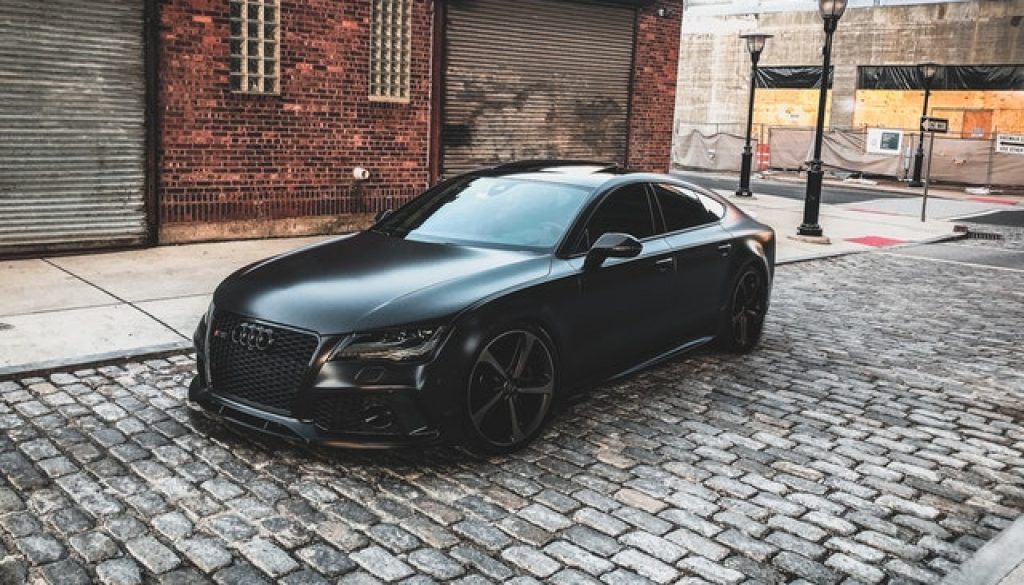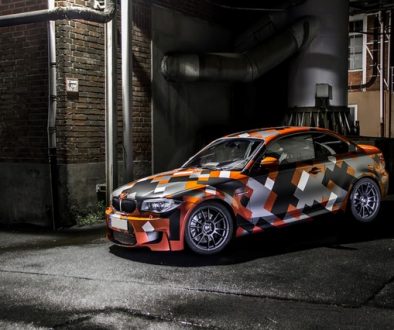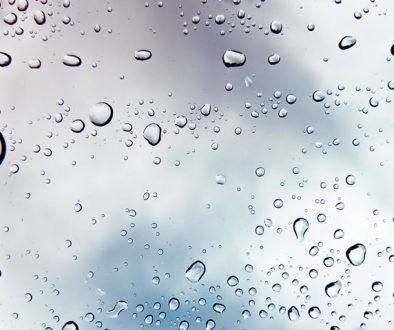Types of Window Tint for Cars & 4 Top Tips for Successful Car Tinting
Car tinting is a decision that most car owners consider not only for its ability to make a ride look classier in the exterior and provide privacy for those in the vehicle but also due to its ability to protect passengers from harmful UV rays, which can exponentially reduce the perils of road accidents.
When it comes to having a car tinted, there are several factors that must be taken into account. Researching extensively is important before reaching an informed decision – after all, having a tinted window removed is harder than having it installed.
Before you go the nearest car tinting shop in your area, here are a few things you should decide on, and what you need to know beforehand.
Banner image from HamiltonGlassExperts.com
Types of Window Tint for Cars
Tint Film
There are four types of tint films you can choose from, along with their advantages and disadvantages you must consider.
-
Dyed Window Film
This type of film is made by placing a layer dye between an adhesive layer and a protective polyester top coating. The adhesive layer sticks to the window glass, while the top coating protects the film and prevents scrapes and scratches.
A dyed window film can block from five to fifty percent of the light from entering your vehicle, and it produces the darkest effect out compared to the other types of film. It’s non-reflective, does not block radio waves, won’t interfere with an in-glass antenna, reduces fading from sunlight, and blocks unwanted glare headlights and other bright lights.
However, great care must be observed when installing this, especially when doing it yourself. When installed incorrectly, a dyed film can have an unattractive, bubbled appearance. It also doesn’t block as much heat as other products. Lastly, it’s prone to separating layers, purpling, and fading.
-
Metalized Window Film
The metalized film consists of several layers: a base layer (an adhesive that sticks the film to the window), a film that blocks UV rays, a metalized frame that reflects heat and darkens your windows, and finally a protective layer that prevents scratches.
It can block about 10-40% of the light, heat, and glare, and it also is excellent at blocking UV rays. The film doesn’t fade over time and is extremely durable. However, it can interfere with radio technology, cellphone signals, and a tire-pressure monitoring system. It also has a very shiny appearance due to the metal content, and it costs more as metal is more expensive to produce.
-
Hybrid Tinting Film
Like its name suggests, the hybrid film offers the advantages of dyed and metalized films without their respective disadvantages. It consists of 4 layers: adhesive, a dyed film, a metalized film, and a protective topcoat. As mentioned, the hybrid film carries over the advantages without the disadvantages.
That means it’s able to block heat, glare and UV rays, reduce the fading probability, won’t interfere with cell phones and radio signals, isn’t reflective, and is less expensive.
-
Ceramic Film
This is a newer alternative, and consists of an adhesive layer bonded to a thin ceramic layer and is protected by a topcoat. Ceramic film is highly effective at blocking heat, UV rays, and light glare. It also doesn’t fade, allows radio signals to pass through, and isn’t as reflective as metalized options. However, it’s very costly – it’s the most expensive option out of the four types.
Aside from film types, you also need to think about the darkness percentage of your tint. In the UK, the front windscreen must let at least 75% of light through and the front side windows must let at least 70% of light through.
Choosing the Right Tinting Company
From the many companies in your area that offer professional window tinting, which one would you trust your car with? Just like with the car tint film, you need to do a lot of research before deciding.
It’s important that you determine how long the business has been in the area, with an untarnished reputation and credibility. You also need to inquire about the types of window films and warranties that they carry: the color and darkness.
Consider options, too. Don’t hesitate to ask for price quotations and compare the companies’ rates.
Learning to DIY It
Many people think that they can save some money when they opt to tint their car windows on their own, but how hard is it really?
The truth is, it’s not easy. Window tinting is tedious, meticulous, painstaking, and requires a lot of time, care, and attention. There is little margin for error and getting it wrong just means spending more.
Many stores sell tinting DIY kits, and if you’re a little adventurous and a fast learner, maybe you can give it a go. Just keep in mind to consider DIY tips online and take your time.
Preparing Your Car Before Tinting
Many people don’t know it but when it comes to car tinting, cleaning is a key component. Before the big tinting day, clean your window both inside and outside. Use a solution of warm water and gentle soap. A few drops of dishwashing soap or baby soap will work fine. Spray the glass then scrape the water off with a fresh razor blade, taking care not to scratch the glass.







